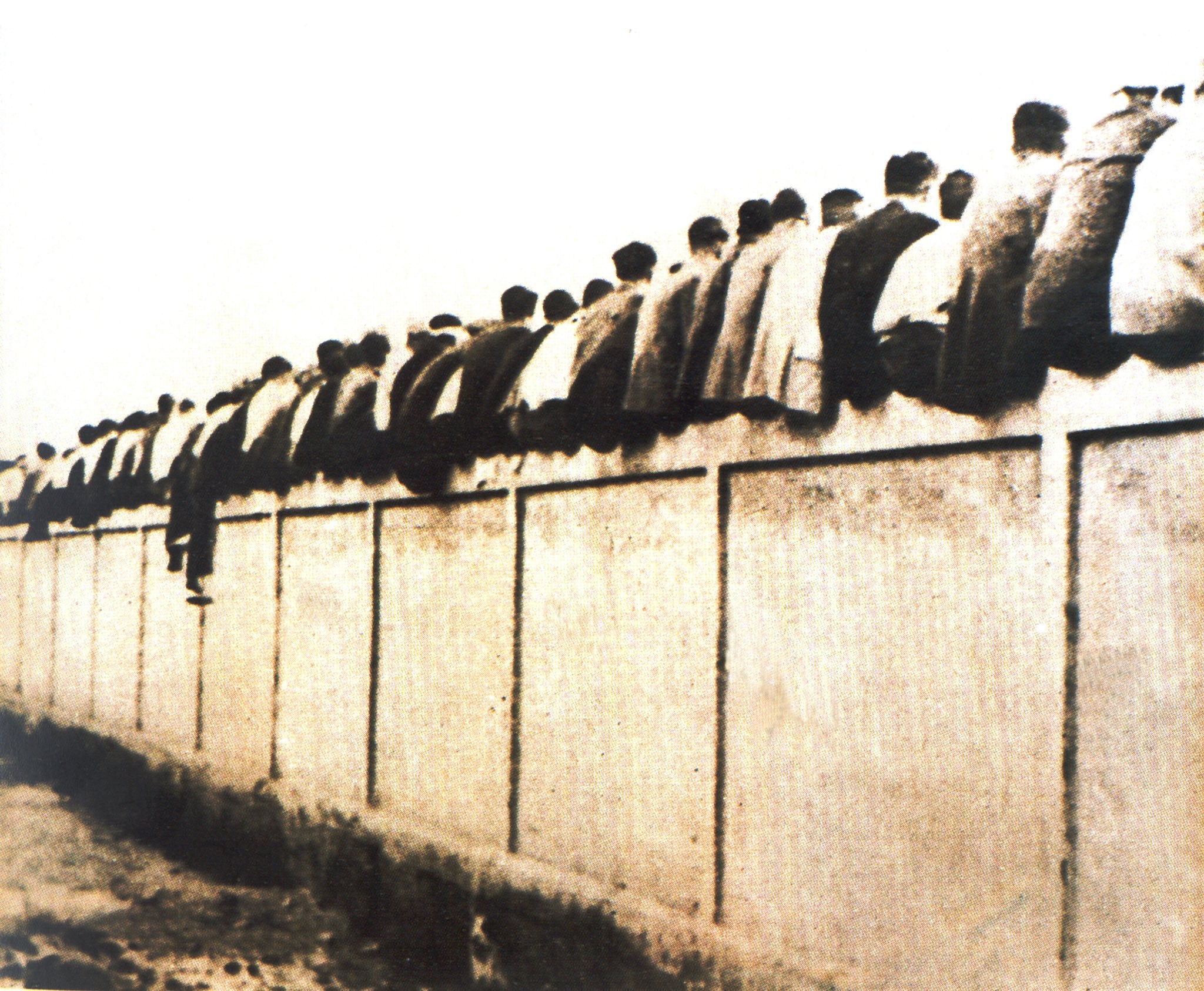
Barça Culés?
Barça Culé?
It is tough to think of a club in football that is as inextricably connected to its past than FC Barcelona. More than any player, manager, club director or president, the custodians of this history – imbuing it with passion and romance, are the club’s fans, or culés.

What’s a “culé”?
In the early part of the 20th century, Barça played their home games at an unceremonious 6,000-seat pitch on Calle de la Industria (these days called Carrer de Paris). Although the club was in its first quarter-century of existence, Barça had stars, and those stars meant more fans than the club knew what to do with on gameday. Sound familiar?

Led in those days by the club's first superstar striker, Philippines-born Paulino Alcántara – whose record of 395 goals in 399 matches stood for nearly 90 years, until Lionel Messi came along. He was accompanied by Barcelona-born midfield legend Josep Samitier and Spain’s first-ever footballing prodigy, goalkeeper Ricardo Zamora, the Blaugrana regularly outdrew the capacity of their stadium with the two-tier stand. That doesn’t mean fans were turned away. They just had to get resourceful.

Those fans who could not find empty seats began to sit on the walls that surrounded the pitch opposite the stands. During games, the first thing to catch the eye of any passers-by was a row of backsides, sitting on a wall. These Barça supporters become known as “Culers” in Catalan, or “Culés” in Castellano. Indirectly translated, the moniker affectionately means “those that show their backsides.”
Not long after, in 1922, Barça moved to a larger stadium, Les Corts (in a neighborhood that now bears that name), which initially held 20,000 people, but was expanded to a capacity of just over 60,000. Of course, there came a time, thanks to the exploits of one Laszlo Kubala when even Les Corts could no longer keep with the demand to watch Barça play, and the proud old ground had to give way to Camp Nou.

First opened in 1957, Camp Nou, with its 99,354 seats, is the largest stadium in Europe. Though the days in which a local could take in a game by simply positioning him- or herself on a wall are long gone, but their spirits live on.
So, too, does the appetite for beautiful football, born from multiple generations of cheering on the likes of Kubala, Luis Suárez, Cruyff, Guardiola Stoichkov, Romario, Koeman, Laudrup and Cruyff’s Dream Team. Guardiola’s return to Cruyff’s ideal, powered by the greatest generation of academy products the game has even seen – Xavi, Iniesta, Busquets, Pique, Puyol and Messi. To cap this off, the most devastating scoring trident in history: Messi, Neymar and another awesome Luis Suárez.

Does this make a fan base feel entitled to their presence in the stands and sense of pride and ownership? In a word, yes. Ask any dyed-in-the-wool Catalan with decades of Blaugrana support under his or her belt, and you'll receive varying versions of a particular message. Taking a bit of poetic license, let us agree that there have been thousands of iterations of the following conversation:
We expect trophies, but our demand is for something else. Ours is a club that plays with technical precision and the tactical acumen that other clubs simply don’t possess. Ours is a history of style and substance. We want to win, but winning alone does not bring joy. We must ‘win well’ – playing beautifully and doing the game proud. There is more to the game than just the result.

Who can blame them… It runs in their blood and pumps through their veins. Being a culé is not an insult, rather a banner that waves in the hearts of fans who hold such passion, such reverence to the game they love. It is a manifestation of the lengths Barça fans will go to in order to be connected with the beautiful game. Join us.
Be a TENLEGEND®.
